The Development Status and Advantages of Domestic FPGAs
In recent years, the development of domestic FPGAs has been rapid, with a total of 22 FPGA manufacturers in China (19 excluding those for special purposes). Major companies include Unisoc, Anlogic, and Fudan Microelectronics. In terms of market share, the total revenue of major domestic FPGA design companies has grown from 200 million yuan in 2018 to 3.3 billion yuan in 2022, achieving a global market share of over 5% in 2022, indicating significant progress in the localization process. In terms of process technology, domestic FPGAs have formed a 28nm product series, with Fudan Microelectronics being the first to launch a 28nm billion-gate FPGA in 2018, followed by Anlogic and Unisoc reaching the 28nm node in 2020. Each company has also accumulated years of research and development in more advanced processes. Price and customization services are prominent advantages of domestic FPGAs. Compared to international competitors, domestic FPGA products are more competitively priced, effectively reducing customer procurement costs. At the same time, most domestic manufacturers can provide customized products and solutions based on specific customer needs, helping to shorten product development cycles and quickly resolve issues during the development and usage processes, attracting many customers in the mid-to-low-end market.
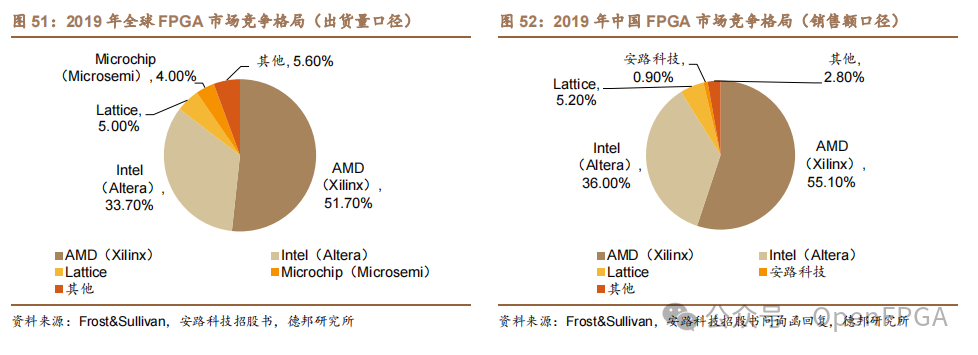
Challenges Faced by Domestic FPGAs
Compared to Xilinx, domestic FPGAs have a significant technological gap. Xilinx’s Versal series has entered the 7nm process technology, while most domestic FPGAs are still at the 28/22nm process nodes, lagging behind foreign FPGA manufacturers by 1 to 2 generations, and are also moving towards 16/12nm processes, with new products expected to emerge in the next couple of years. Additionally, the launch time of 28nm products is nearly a decade behind. In terms of hardware architecture, Xilinx has pioneered the ACAP heterogeneous architecture, utilizing advanced NoC on-chip communication network architecture and HBM memory architecture in high-end products. Domestic manufacturers still need to overcome many challenges in architectural innovation and upgrades. The domestic FPGA ecosystem is relatively incomplete, with EDA tools still in the development stage and limited available IP core resources, affecting development efficiency and application scope. Furthermore, there is a shortage of FPGA talent in China, especially in mid-to-high-end talent, leading to high training costs for companies, which also restricts the speed of industry development.
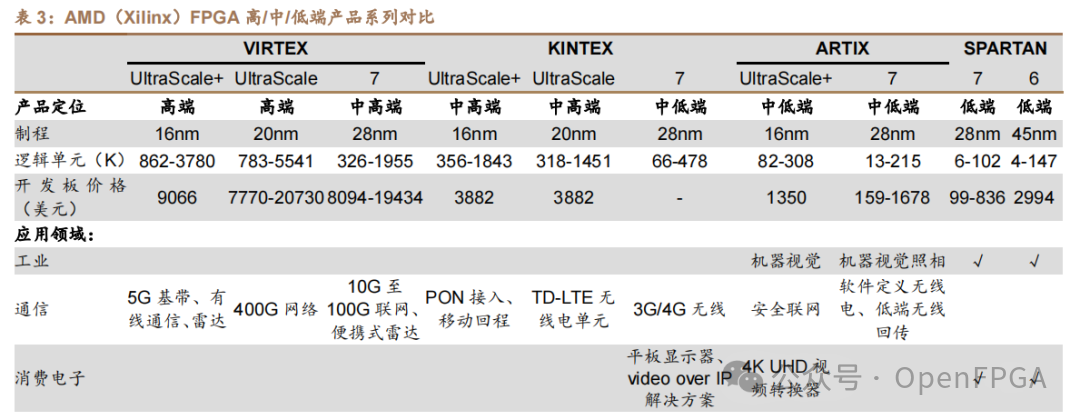
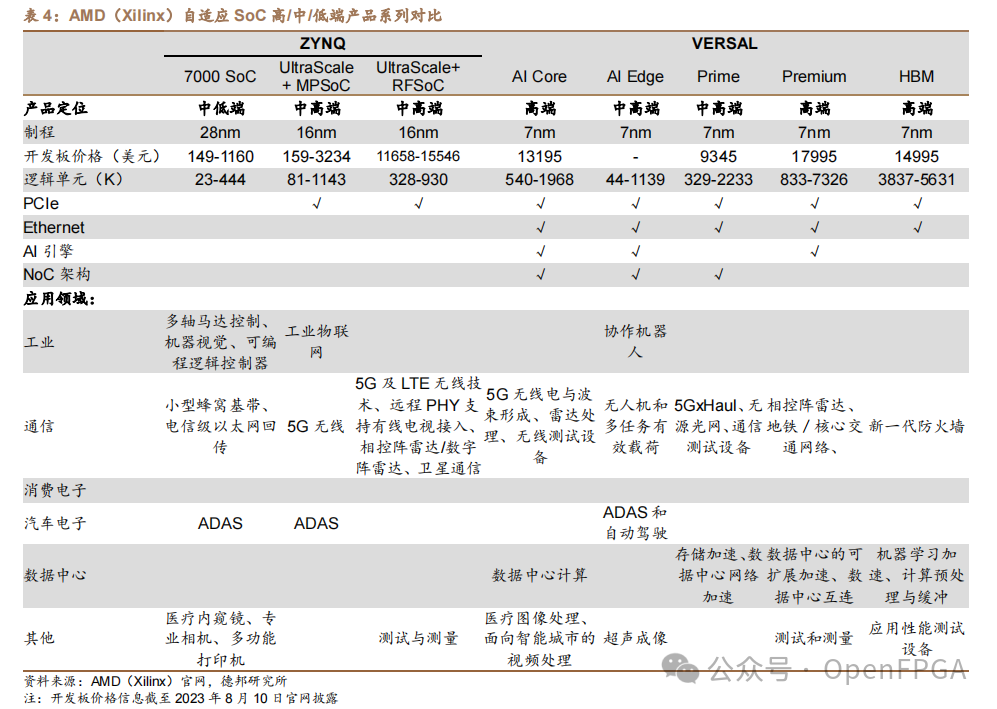
Analysis of the Possibility to Break the Monopoly
With the rapid development of emerging technologies such as 5G, AI, and the Internet of Things, the demand for FPGAs continues to grow, providing a broad market space for domestic FPGAs. Especially in the mid-to-low-end market, domestic FPGAs can meet some customer needs with their price and customization advantages, gradually expanding their market share. The advancement of the localization process in the domestic semiconductor industry chain will also provide strong support for the development of the domestic FPGA industry. The collaborative development of all links, from upstream raw material supply to downstream application markets, will help enhance the overall competitiveness of domestic FPGAs. Domestic FPGA manufacturers are actively investing in R&D to improve product performance, stability, and usability, accelerating product iteration speed, and some companies are also making positive layouts in emerging fields. If they can maintain their innovation capabilities and continuously narrow the technological gap with Xilinx, they are expected to gradually achieve breakthroughs in the high-end market.
According to market research institutions, the global FPGA market size is expected to reach 12.5 billion USD by 2025, with a compound annual growth rate of over 10%. This provides a broad market space for domestic FPGAs, especially in the mid-to-low-end market, where domestic FPGAs can meet some customer needs with their price and customization advantages, gradually expanding their market share.
The acceleration of the localization process in the domestic semiconductor industry chain, from upstream supply of silicon wafers, photoresists, and other raw materials, to midstream chip manufacturing and packaging testing, and downstream various application markets, will provide strong support for the domestic FPGA industry. The rich application scenarios in China, such as smart homes and smart security, provide numerous practical opportunities for domestic FPGAs, aiding in product optimization and upgrades.
Future Development Trends of Domestic FPGAs
Continuous Improvement in Technology
Performance Optimization: With advancements in semiconductor processes, domestic FPGAs will continuously improve chip performance, including higher logic density, faster clock frequencies, and larger storage capacities, to meet increasingly complex application demands. For example, FPGA chips based on 7nm process technology have already appeared internationally, and domestic FPGAs will also develop towards more advanced processes, gradually narrowing the gap with international leading levels.
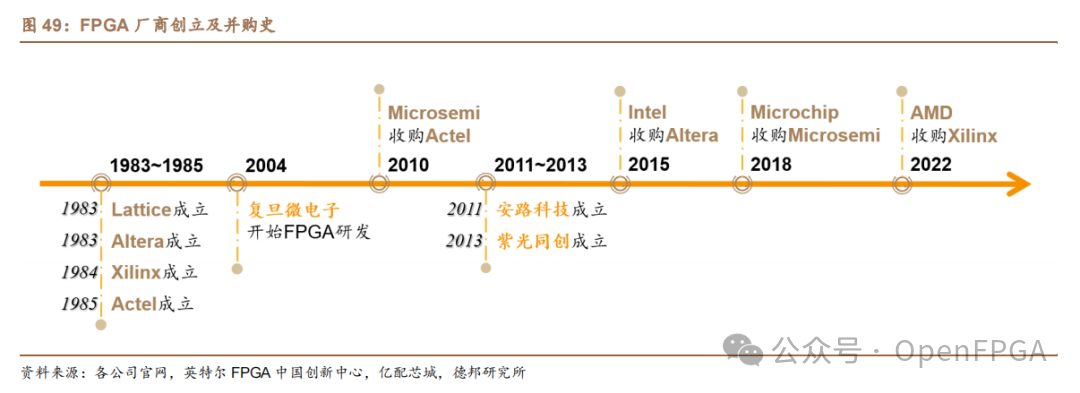
Low Power Design
In the context of increasing attention to energy efficiency, low power consumption will become an important direction for the development of domestic FPGAs. By adopting advanced low-power processes, optimizing chip architecture and design, and developing energy-saving programming modes, power consumption can be reduced without affecting performance, to meet the high power consumption requirements of applications such as mobile devices and embedded systems.
Integration of AI Acceleration Functions
The rapid development of artificial intelligence technology has brought new application opportunities for FPGAs. Domestic FPGAs will integrate more AI acceleration functions to support applications such as machine learning and deep learning, meeting the requirements for computing power and real-time performance in the field of artificial intelligence. For example, in applications such as image recognition, speech recognition, and natural language processing, the high parallel processing capability and programmable characteristics of FPGAs will be fully utilized.
Exploration in Dedicated Computing Fields
Domestic FPGAs may further explore dedicated computing fields, such as developing function modules similar to neural network processors (NPU) to improve efficiency and performance in specific computing tasks. This optimization for specific application scenarios will make FPGAs more competitive in fields such as artificial intelligence and data analysis.

Enhanced Security Features
With the continuous increase in cybersecurity threats, domestic FPGAs will pay more attention to the integration of security functions. For example, hardware encryption engines, secure boot, and other features will become standard for domestic FPGAs to ensure the security of data transmission and computation processes.

Continuous Expansion of Application Fields
Communication Field: In 5G and even future 6G communications, FPGAs will continue to play an important role. Domestic FPGAs will be widely used in base station equipment, wireless access networks, core networks, and other communication infrastructure to achieve high-speed digital signal processing, multi-channel beamforming, and other functions, meeting the high concurrency and low latency requirements of communication systems.
Industrial Control Field: Trends in industrial automation and smart manufacturing will drive the deepening application of domestic FPGAs in industrial control. The real-time processing capability and programmable characteristics of FPGAs enable them to meet the needs for implementing complex control algorithms and flexible adjustments in industrial control, such as increasing applications in robots, automated production lines, and smart instruments. Automotive Electronics Field: The demand for logic units in automotive electronic systems is continuously increasing, and domestic FPGAs can be used for the arrangement and computational acceleration of logic units in automotive electronic systems, improving system reliability and performance. In fields such as autonomous driving and advanced driver-assistance systems (ADAS), the high performance and low latency characteristics of FPGAs make them ideal for key tasks such as sensor fusion, image processing, and path planning.


Data Center Field: The demand for computing power in data centers continues to grow, and domestic FPGAs can be used for network acceleration, storage acceleration, and security acceleration in data centers, improving processing performance and energy efficiency ratios.

The Internet of Things Field: The proliferation of IoT devices provides a broad application space for domestic FPGAs. FPGAs can be used for data collection, processing, and transmission functions in IoT devices, enhancing the intelligence level of devices. At the same time, the low power consumption characteristics of domestic FPGAs also help meet the battery life requirements of IoT devices.
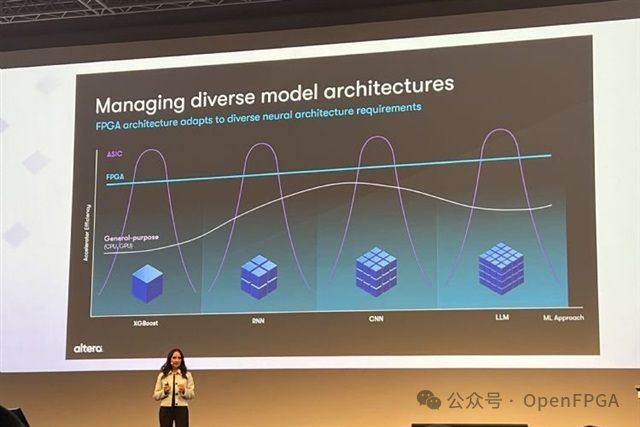
Gradual Improvement of the Industrial Ecosystem
Development of EDA Tools: EDA tools are key to FPGA design, and the development of domestic EDA tools will continue to strengthen, with functionality and performance gradually improving to meet the design needs of domestic FPGAs. At the same time, domestic FPGA manufacturers will strengthen cooperation with EDA tool manufacturers to jointly promote the optimization and improvement of EDA tools.
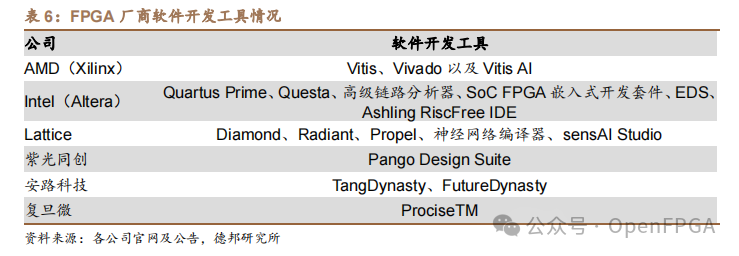
Rich IP Core Resources: IP cores are an important component of FPGA design, and the domestic FPGA industry will continue to accumulate and enrich IP core resources, improving the quality and reliability of IP cores to provide users with more choices and better support.
Collaborative Cooperation in the Industry Chain: Domestic FPGA manufacturers will strengthen cooperation with upstream and downstream enterprises in the industry chain, including chip manufacturing, packaging testing, and system integration. Through collaborative cooperation in the industry chain, the production efficiency and quality of domestic FPGAs will be improved, costs reduced, and the overall competitiveness of the industry enhanced.
Changes in Market Competition Landscape
Accelerated Domestic Substitution: In the context of a complex and ever-changing international trade environment, domestic enterprises have an increasing urgent demand for FPGA domestic substitution. The government’s support for the semiconductor industry is also continuously increasing, providing strong guarantees for the development of domestic FPGAs. Domestic FPGAs will gradually replace imported products in the domestic market, with market share continuously increasing.
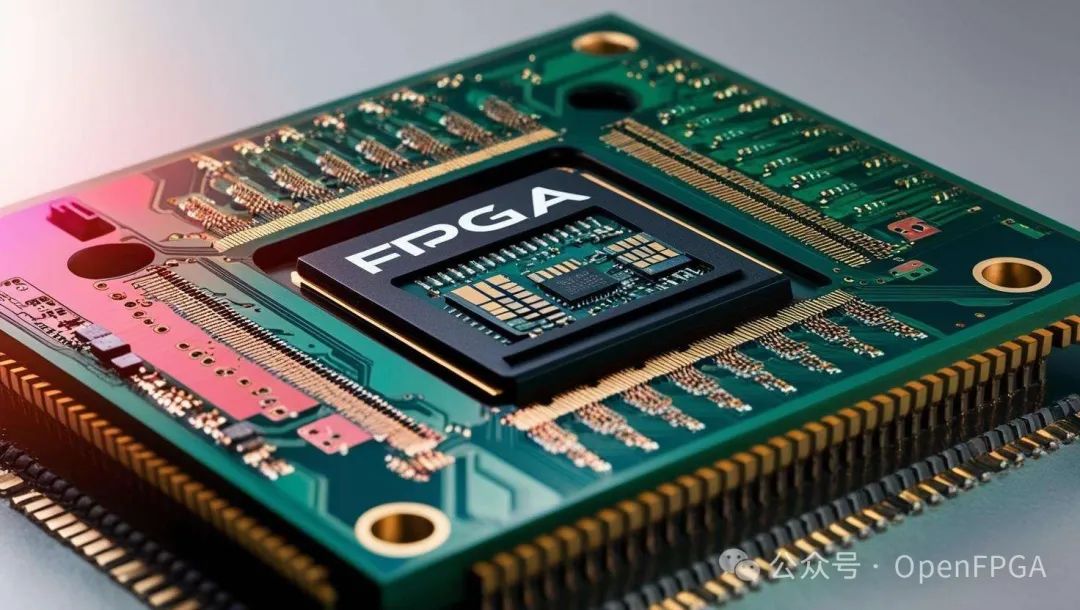
Strengthening Brand Building: Domestic FPGA manufacturers will pay more attention to brand building and market promotion, establishing a good brand image by improving product quality and service levels, enhancing market competitiveness. At the same time, domestic FPGA manufacturers will actively participate in international market competition, strengthening cooperation and communication with international giants, and continuously expanding their international market share.
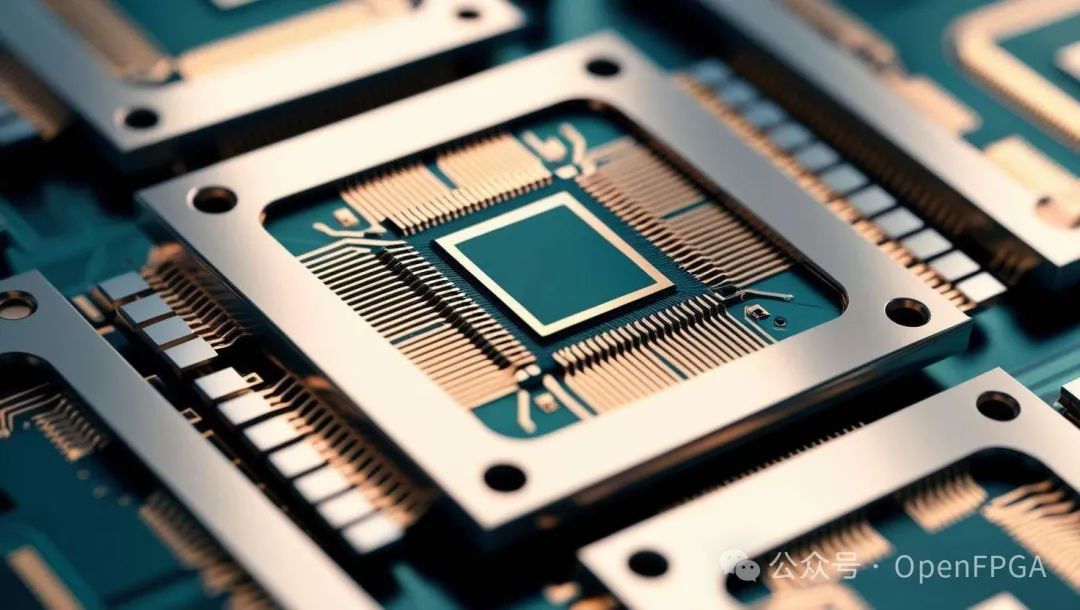
Conclusion
Domestic FPGAs face both opportunities and challenges on the road to breaking Xilinx’s monopoly. Although there are many difficulties at present, with their own advantages and external environmental support, they possess certain development potential.
